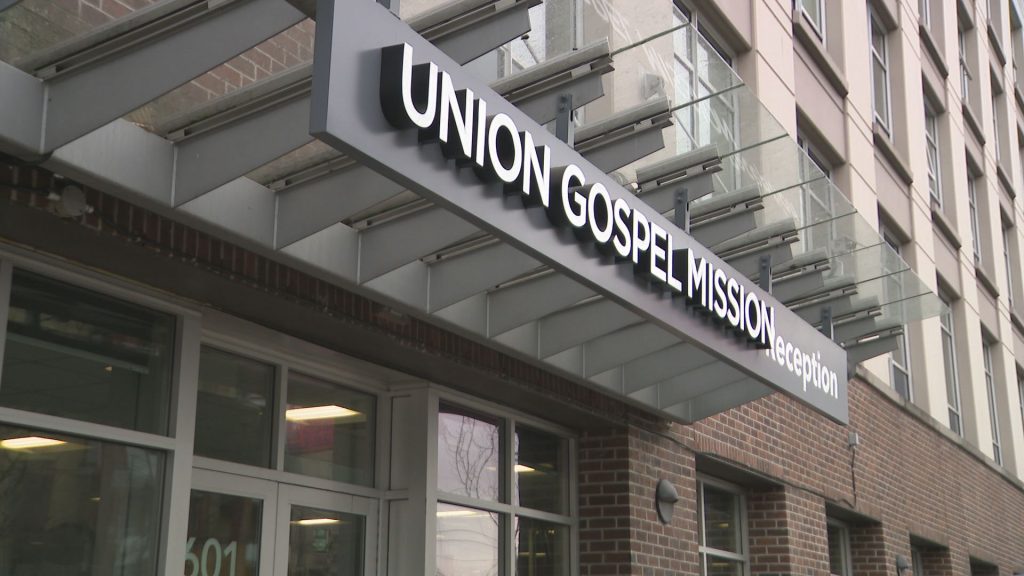Housing supply concern as feds boost immigration target to 500,000
Posted November 1, 2022 1:49 pm.
Last Updated November 1, 2022 6:40 pm.
Canada is once again expanding its targets for immigration but already there are concerns about where the newcomers will find housing.
On Tuesday, the Liberal government outlined a plan to bring in 500,000 permanent residents per year, starting in 2025, with the aim of providing an economic boost.
But the 500,000 figure doesn’t capture work permit holders or international students. That’s a major issue, in the view of Ben Rabidoux, the president of North Cove Advisors & Edge Realty Analytics.
“Over the last four quarters, we’ve already admitted about 485,000 new immigrants, so we’re already well above the planned 2022 targets and we’re not too far off the future 500,000 target,” Rabidoux told CityNews in an interview. “In terms of what that means for housing, it doesn’t feel like we’re in a housing constrained market right now, because sales have fallen so far due to rising interest rates.
“But as we look forward, this level of population growth — it’s really difficult to build the sort of housing necessary to accommodate that, given the tightness in the labour market. It certainly argues that we will continue to see shortages, notably in single family, in some of the bigger cities.”
Related articles:
-
Feds reveal plan to welcome 500,000 immigrants per year by 2025
-
Immigrants from Asia are majority of Canadian newcomers: study
-
Housing heartbreak: Millennials promised help is coming, but not fast enough
Even those who help new arrivals settle in are concerned about whether communities will be equipped to handle the influx.
Chris Friesen, the Chief Operating Officer for the Immigrant Services Society of B.C. (ISSofBC), echoes a point made by Rabidoux about the government’s immigration targets being focused on permanent residents. Both Friesen and Rabidoux would prefer that the government create immigration targets which include permanent residents, work permit holders, and international students under one total.
“We think that both temporary resident ranges and permanent resident targets need to be combined in one document, so that the public really understands the full impact of immigration to this country,” Friesen said. “When we talk about housing, we talk about infrastructure, school, health care, etc., growing demands on that, we need to have clear information and the entire picture, which this only tells half the story.”
There’s also ongoing concern about the disconnect between the federal goal of increasing immigration and the fact many local governments appear resistant to densification.
“What we’re starting to see is a recognition from both the federal government and various provinces that the pinch point in the process in terms of delivering new housing rests primarily with the municipalities,” Rabidoux said. “It is very much a municipal issue, and the municipalities frankly are not stepping up, even with current population growth, let alone much higher future population growth.”
‘We certainly need robust levels of immigration’
Both Rabidoux and Friesen stress immigration is needed given our low natural population growth through births.
“I’m not anti-immigration by any means,” Rabidoux said. “When we look at the natural increase in the Canadian population, births minus deaths, it’s the lowest on record. So we see this very slow growth of the natural population in Canada. If we want to maintain a robust, vibrant economy, we certainly need robust levels of immigration, so I’m not disputing that.
“I would argue we need to be more thoughtful around the geographies where we are incentivizing people to land, because we have some supply-constrained markets. And I would also suggest that the federal government needs to be much more thoughtful about including the non-permanent resident component — international students and work permit holders — in that overall targeting,” he continued.
“It’s one thing to say, yes we’ll bring in 500,000 permanent residents. But if on top of that, you’re bringing in another 200,000 in international students and work permit holders, which is what we’ve seen in the past year, now you’re talking 700,000 — which is the population growth we’ve had in the last four quarters in Canada. I just do not believe we have the capacity to build that many houses.”
Beyond outlining its immigration targets on Tuesday, the government also announced it would decrease the number of people admitted under the family reunification and refugee categories.








